If you are reading this, you have probably heard something about the new draft for fire risk assessments. But What is a PAS 9980 Fire Risk Assessment? It is a draft published by the British Standards Institute (BSI). It covers the fire risk appraisal and assessment of external wall construction and cladding of existing blocks of flats.
The draft consists of 183 pages so is quite lengthy to say the least. This guide aims to help you understand the main points of the document and what it will mean for future fire assessments.
Draft Overview – Why is PAS 9980 So Important
Although very long, the length of the document is warranted due to the serious matter that it deals with. The draft includes fire incident case studies as well as a history of fire safety regulations and standards. It also includes a glossary of definitions which is extremely useful for anyone working within the industry.
Many have been awaiting PAS 9980, especially those who own multi- occupancy residential buildings, in order to understand whether their external walls pose a low or tolerable risk and whether they will need remediation.
The standard is not only intended to help demonstrate compliance of the external walls in line with the Building Regulations and other legislation and standards. In addition, it does not serve to replace the EWS1 form as many may have understood as the intention when the standard was published. Thus, it is hoped that mortgage providers will not request EWS1 forms for buildings with external walls deemed to pose low or acceptable risks using a PAS 9980 fire risk asssessment.
What is an EWS1 Certificate?
An EWS1 certificate as mentioned above is an external wall system fire review certificate. It is used when a leaseholder is buying or selling or re-mortgaging an apartment in a multi-storey occupied residential building.
EWS1 is not a legal requirement, nor is it a safety certificate for that matter. It is a mortgage valuation tool. EWS1 was created by the Royal Institute of Chartered Surveyors and mortgage lenders and was launched in December 2019. It was created to assess the external wall safety of buildings over 18 meters tall. However, through time they have been used for buildings under this height, reflecting the Government’s Building Safety Guidance published in January 2020 which applies to buildings of all heights. EWS1 facilitates the decision of whether to offer a mortgage on any given apartment within multi-storey, multi-occupied residential buildings.

Main Objectives – What is a PAS 9980 Risk Assessment?
The objectives of PAS 9980 are:
- To provide a standard methodology which can be consistently applied to assess the risks of fire spread for all external wall assessments.
- To enable those receiving the assessments to understand the findings and possible risks.
The standard also introduces a fire risk appraisal and assessment of external walls (FRAEW) which feeds into the assessment required by the Fire Safety Order and potentially the future safety case required for taller buildings as well. It is essential that you are made aware that the standard applies to all sizes of multi-occupancy residential buildings rather than just those over 18m. Furthermore, it can be applied to other smaller buildings such as that of student accommodation and specialised housing.
How does PAS 9980 Define Risk?
PAS 9980 defines risk in the standard as a combination of the likelihood of external fire spread, consequential secondary fires and tenable escape conditions as well as effective fire service intervention. The categories of risk will be divided into low, medium and high. Furthermore, a medium risk may be deemed to be a tolerable risk yet may still require some level of remediation or additional fire safety measures. Buildings that are high risk will require a further analysis. This will likely include fire engineering analysis, which may likely lead to the need to remediate the external walls to some degree.
FRAEW Considerations – What Do I Need To Know?
FRAEW considerations include the full external wall construction as well as spandrel panels and any attachments such as balconies. It also includes other fire hazards and risks such as those related to the surroundings of the building in question, escape routes and fire service access. The assessment process is very comprehensive and is required to be undertaken competently by assessors. The draft outlines the competency expectations and also provides a detailed methodology for those undertaking assessments.
What can be said for certain about PAS 9980 fire risk assessment is that external wall assessments will be more thorough when followed, despite any subjectivity within the process.
Which Types of Buildings Are Covered by PAS 9980
In order to help answer the question of “what is a PAS 9980 fire risk assessment?”, we must consider the types of buildings that PAS covers. PAS 9980 covers multi storey blocks of flats but also a range of other building types. This is provided that the buildings are similar in nature to a purpose-built block of flats from the perspective of general fire strategy and means of escape design. Other types of buildings included in PAS may include; student accommodation, sheltered and other specialised housing and any buildings converted into flats.
Wall Build Ups – PAS 9980
PAS 9980 addresses the risk of fire spread over the external walls of multistory blocks of flats regardless of its height. PAS addresses situations where a single or a mixture of different wall types are used. Furthermore, it also addresses partially and fully clad buildings in combustible materials.
Wall build-ups within PAS include but are not limited to external walls incorporating rainscreen cladding whether it has any insulation within any associated cavity or not. It also incorporates external thermal insulation composite systems (ETICS), especially those comprising rendered insulation. Furthermore, wall build ups within PAS also include insulated core panels and glazed facades with infill/spread panels and curtain walling.
Who Is PAS 9980 Intended For? What is PAS 9980 Fire Risk Assessment
The PAS 9980 fire risk assessment is intended mostly for the use of fire engineers and any other additional building professionals who need to advise on the fire risk of external wall construction of existing blocks of flats.
That being said, it is also intended for use by other building professionals, such as those that the appraisals are being carried out for as well as those making decisions based on outcomes from the FRAEWs. This may include but are not limited to:
- building surveyors
- architects
- façade engineers
- cladding contractors
- project managers
- building owners/landlords
- local housing authorities
- managing agents or facility managers
- fire and rescue authorities
Conclusion
So what is a PAS 9980 Risk Assessment? PAS 9980 is very lengthy and covers a lot of information such as what should be included in FRAEW reports as well as a history of safety regulations for fire and standards. It also includes fire incident case studies as well as a glossary of definitions. The document is intended for the use of fire engineers and building professionals but is also useful for anyone making decisions based on outcomes from FRAEW such as building surveyors and architects.
PAS 9980 addresses the risk of fire spread over the external walls of multistory blocks of flats regardless of height. In addition to blocks of flats, PAS 9980 also addresses other building types such as student accommodation and specialised housing.
The Main purposes of PAS 9980 are to provide a standard methodology which can be consistently applied to assess the risks of fire spread for all external wall assessments and enable those receiving the assessments to understand any findings and possible risks.
Hopefully, this guide has shed some light on what is included within PAS 9980 and what it will mean for fire risk assessments moving forward. If you would like to know more about fire risk assessments and regulations, see our blog or get in touch (contact details listed below).
More About Blakeney Leigh – A Construction Consultancy You Can Trust!
Established in 1986, our dedicated team here at Blakeney Leigh have been delivering high-quality building, construction and property services to our clients for over 30 years. We use only the highest quality in terms of materials and using our knowledge and experience, ensure we meet the very latest industry standards.
We know how important safety is within a property – it should be a priority for all housing developments. And so, our team is always on hand to answer any queries and confidently handle any concerns you may have, particularly surrounding cladding which has been a seriously neglected topic. Failure to work with a reputable, established consultancy could not only see you face additional unnecessary expenses but it may also be adding significant risk to residential safety.
Are you looking to begin a home development project and want to work with a trusted, reputable construction consultancy? Contact us today here or call 020 8777 7700 and a member of our dedicated team will be more than happy to discuss your individual requirements.


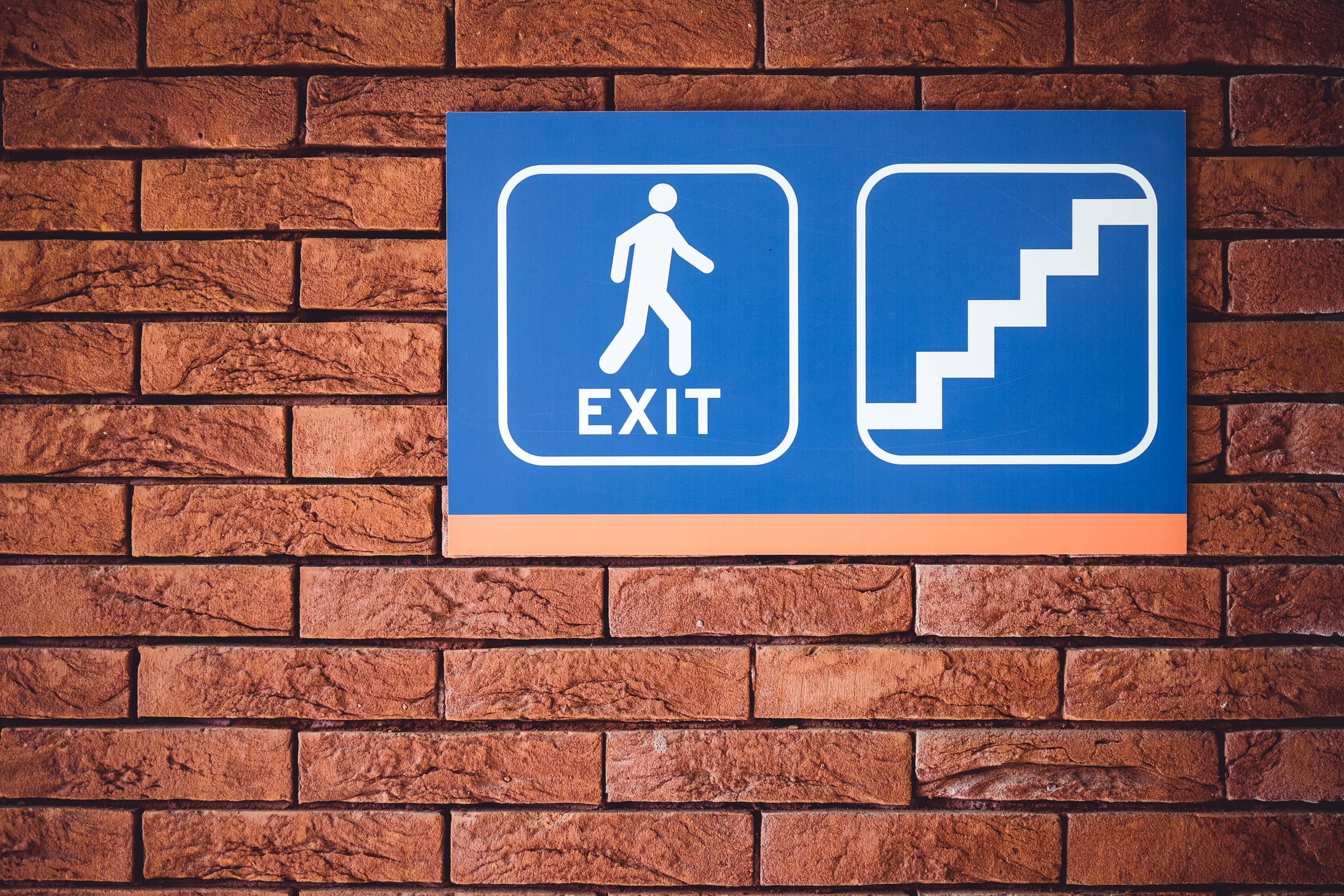
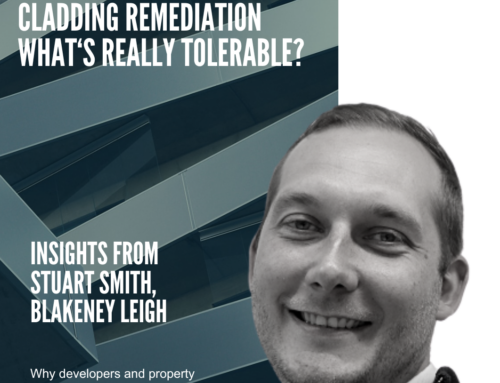
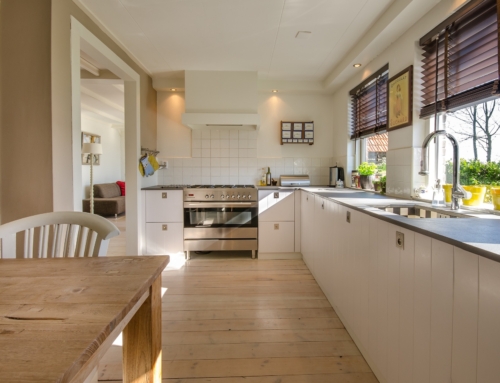

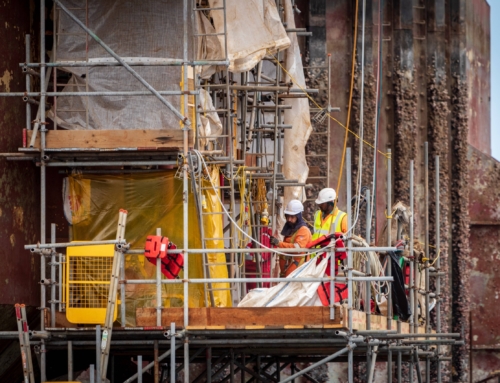
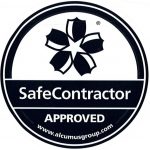

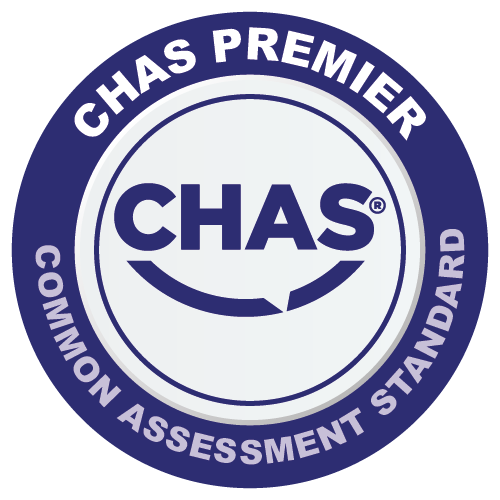

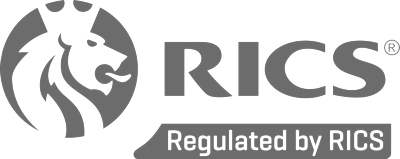
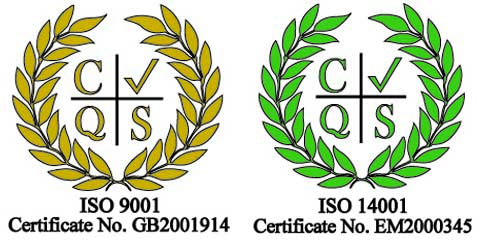
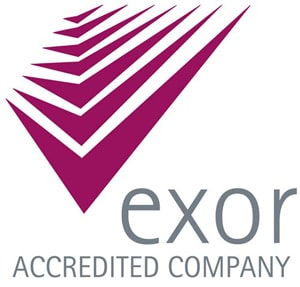

Get Social